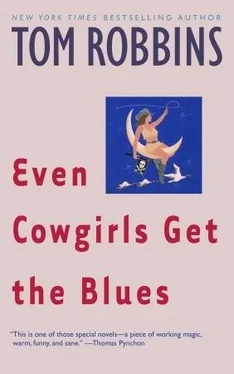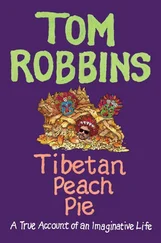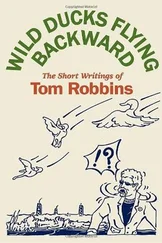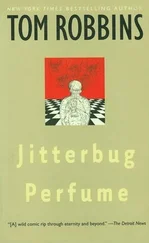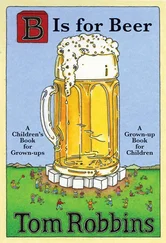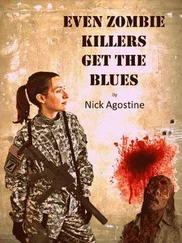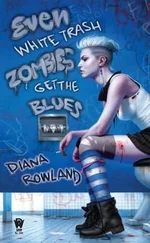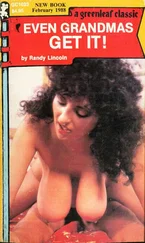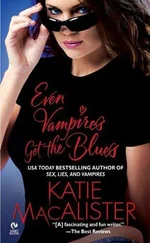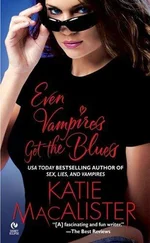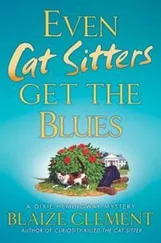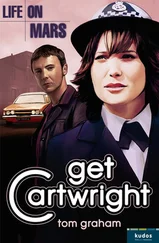Dr. Robbins, bottoming out the wine, wished to know if the Chink swallowed the Clock People's ideas.
The answer was, and is, no, he never was in total agreement with the Clock People's viewpoints and suppositions, and as the years passed, he agreed with them less instead of more. However, he fell into the hands of the Clock People at a time when most of the world was banging heads together bloodily over vague, meaningless manias such as economic expansion and ethnocentric geopolitics, and his own peoples, the Japanese and the Americans, were among the most fanatical about victory as they prayed to the gods of bullets and taught their babies to walk on the edge of the knife. So, when he met the thirteen families of the Great Burrow and learned the rhymes and reasons of the clockworks, the Chink emitted a long overdue “Ha ha ho ho and hee hee.” Said he, “It is reassuring to see on the planet signs of intelligent life.”
“My sentiments exactly,” mused Dr. Robbins, as he watched the shadows of Sissy's thumbs leaping like dolphins against the garden wall.
63.
AMONG THE CLOCK PEOPLE, who never had tasted a yam nor seen a whooper, who were unfamiliar with the practice of hitchhiking, who would have been flabbergasted by a can of Yoni Yum and who knew better than to believe in such Fig Newtons of the American imagination as cowgirls, the Chink dwelt for twenty-six years.
For the first eight of those years, he lived virtually as a Clock Person himself, an honorary member of the Family of the Thirteenth Burrow, sharing its food, lodging and women. (Being an anarchistic, or, more precisely, a pluralistic society, some of the Clock People were monogamous, some, perhaps most, practitioners of free love. In a pluralistic society, love quickly shows all of its many smeared and smiling faces, and it should be noted that the term family was relevant only to the clockworks ritual, outside which there was uninhibited intermingling. For example, a man from the Family of the Fifth Burrow might impregnate an Eleventh Burrow lady, and the resulting child, once of age, might be assigned to the Family of the Ninth Burrow.)
In 1951, the war now only a glint in the American Legion's shell-popped eye, the Chink moved into a shack that he built some nine or ten miles west of the Great Burrow. The shack was strategically erected at the narrow entrance to the valley, which, with a creek as its racing stripe, totaled out against the base of the tunnel-filled knoll. In the other direction, a couple of miles beyond the shack, was a trail that led to a dirt road that led to a paved highway that led past, eventually, a combination gas station, café and general store. The Chink began to take fortnightly hikes to that store, where he picked up newspapers and magazines, along with other supplies. These he read to those Clock People (all spoke English but few could read it) who were interested; these were mainly the younger ones, the old Indians regarding that “news” that did not have to do with quakes, hurricanes, floods and other geophysical shenanigans as trivia. The belch of civilization, they called it. Maybe the older Indians were right. It was the Eisenhower Years, remember, and the news read as if it had been washed out of a Pentagon desk commander's golf socks.
The Chink also linked the older Indians with the rest of the world, but in a different manner. Throughout the decades, the Clock People had mysteriously maintained periodic contact with certain Indians on the outside. These outside contacts were medicine men or shamans, although exactly what was their relationship to the clockworks ritual and Eternity of Joy legend the Chink was never to ascertain. However, in the mid-fifties, one or more of these outsiders took to showing up at the Sierra store at the precise hours of the Chink's unannounced visits. They'd drink a beer with him and give him a piece or two of seemingly insignificant gossip, which he would feel compelled to pass along once he was back at the Great Burrow. Thus, he functioned as a medium, as the air is the medium for drumbeats, connecting Clock People, young and old, with distant drummers.
He also functioned as an agent of diversion. When hunters, hikers or prospectors entered the area, the Chink used his wiles to guide them away from the vicinity of the Great Burrow. Conversation studded with tips about game, scenic waterfalls or ore deposits was usually enough to divert the intruders, but occasionally a small rock slide or other mishap would have to be arranged. Even so, a few interlopers, especially rangers of the U.S. Forest Service, slipped through the Chink's net. Those who got too close were slain by the Clock People. From 1965 to 1969, seven outsiders took arrows through their breasts and were buried inside the Great Burrow.
These slayings were a source of contention between the Chink and the Clock People, the latter regarding them as the regrettable but necessary price of protection, the former declaring, “There are many things worth living for, there are a few things worth dying for, but there is nothing worth killing for.”
The Chink tried to impress upon the Clock People that, with the increase in air traffic over the mountains, as well as in the number of outdoorsmen whom civilization was driving into the wilderness, it was only a matter of “time” before their culture was exposed. What would they do then? Obviously, the System would not be gracious enough to leave them alone. “We will hide in the tunnels,” answered some of the middle-aged. “We will defend ourselves to the death,” answered some of the youths. “The movements of the Earth will take care of all that,” answered the elders, smiling enigmatically.
If the killings upset him, the Chink accepted with ease other contradictions in the Clock People's philosophy. When faced with a contradiction, as he was — as we all are — daily if not hourly, it seemed only fair to him to take both sides.
Yet he grew increasingly impatient with the Clock People's notions, and toward the end of his Sierra stay his hickory dickory mouse of mockery ran frequently up their clock.
Now, a number of the young men of the Great Burrow had lost patience, too. Through the Chink's news broadcasts they had learned of mushrooming militancy among American Indians. They learned of Red Power and of reservations whose proud residents were freshly painted — and armed to the teeth. In early spring of 1969 a quartet of bucks slipped away from the Great Burrow, venturing into the strange world beyond the still snowy mountains, to see for themselves. A couple of months later they returned, excited, feathered, beaded, buzzing of revolution. Two comrades threw in with them and they deserted the Clock People to go face the white man on his own terms — and in his own time. The bucks called at the Chink's shack on their way down the mountains. “You're as tired as we are of sitting around waiting for a motherfucking earthquake,” they said in the idiom they had recently adopted. “You're strong and smart and have taught us much. Come with us and join the movement.”
“This movement of yours, does it have slogans?” inquired the Chink.
“Right on!” they cried. And they quoted him some.
“Your movement, does it have a flag?” asked the Chink.
“You bet!” And they described their emblem.
“And does your movement have leaders?”
“Great leaders.”
“Then shove it up your butts,” said the Chink. “I have taught you nothing.” He skipped down to the creek to gather watercress.
A few weeks later he accepted the invitation of an aged Siwash chief who was the principal outside confederate of the Clock People, a degenerated warlock who could turn urine into beer, to be initiated as a shaman, an honor that gave him rights of occupancy in the sacred cave on far-away Siwash Ridge. At once he left for the Dakota hills to construct a clockworks whose ticks might more accurately echo the ticks of the universe, which, as he listened, sounded more and more like “ha ha ho and hee hee.”
Читать дальше
